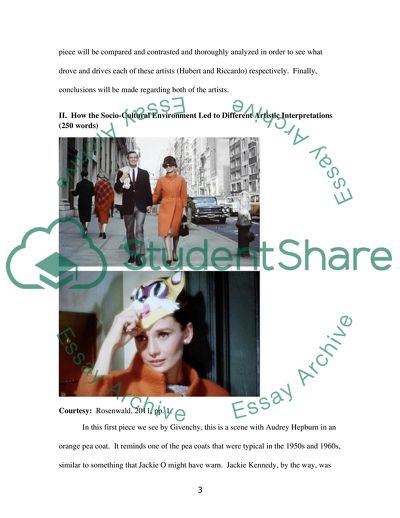Cite this document
(Hubert de Givenchy and Riccardo Tisci - Fashion Gurus of Their Eras Assignment - 1, n.d.)
Hubert de Givenchy and Riccardo Tisci - Fashion Gurus of Their Eras Assignment - 1. https://studentshare.org/visual-arts-film-studies/1750221-givenchy
Hubert de Givenchy and Riccardo Tisci - Fashion Gurus of Their Eras Assignment - 1. https://studentshare.org/visual-arts-film-studies/1750221-givenchy
(Hubert De Givenchy and Riccardo Tisci - Fashion Gurus of Their Eras Assignment - 1)
Hubert De Givenchy and Riccardo Tisci - Fashion Gurus of Their Eras Assignment - 1. https://studentshare.org/visual-arts-film-studies/1750221-givenchy.
Hubert De Givenchy and Riccardo Tisci - Fashion Gurus of Their Eras Assignment - 1. https://studentshare.org/visual-arts-film-studies/1750221-givenchy.
“Hubert De Givenchy and Riccardo Tisci - Fashion Gurus of Their Eras Assignment - 1”. https://studentshare.org/visual-arts-film-studies/1750221-givenchy.


